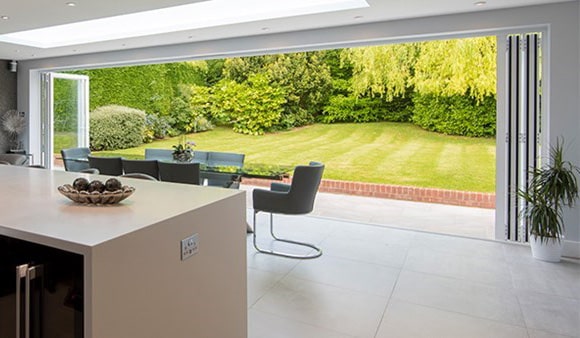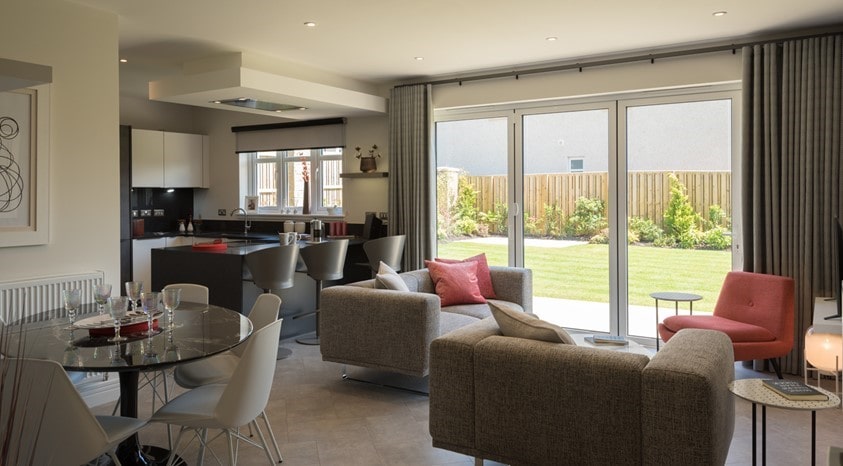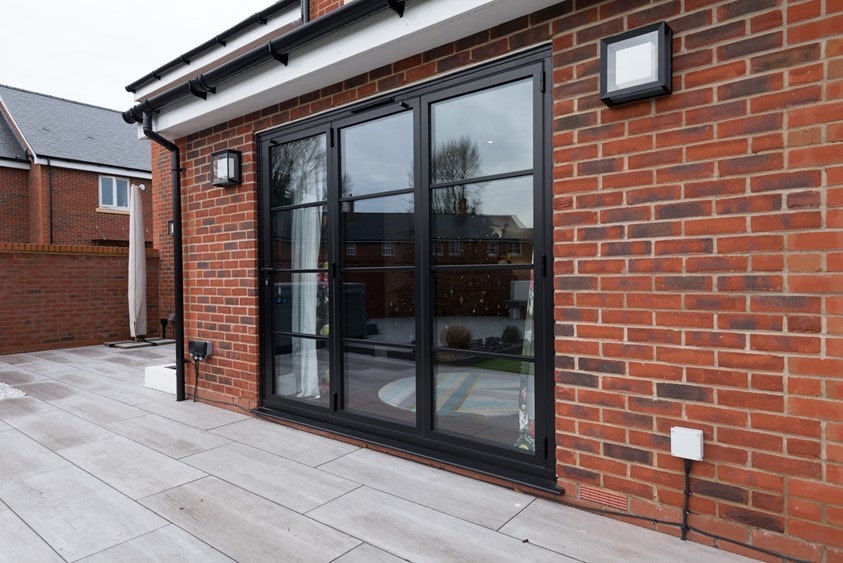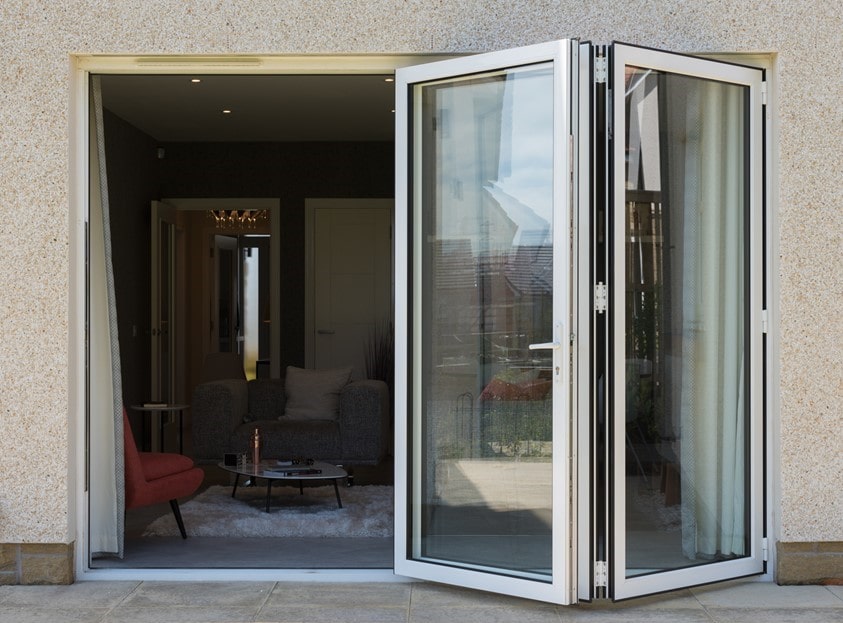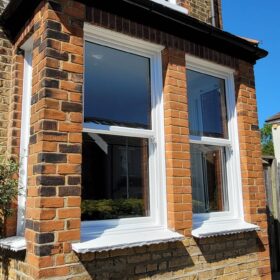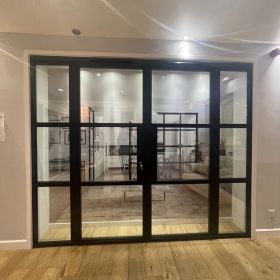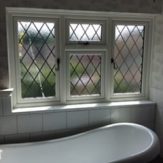Facts aboutLeytonstone
History
Leyton is in the Lower Lea Valley, the river forming its western boundary.
The area rises from low-lying marshland along the river Lea to over 90 feet at Whipps Cross on the southern edge of Epping Forest. Leyton is partially bisected by the A12 (M11 link road, built in the 1990s), with most of the district lying on the north-west side of this busy traffic artery through east London.
Paleolithic implements and fossil bones show that early man hunted in Leyton. A Roman cemetery and the foundations of a Roman villa have been found here. From Anglo-Saxon times, Leyton has been part of the County of Essex. The name means “settlement (tun) on the River Lea” and was also known until 1921 as “Low Leyton”.[2] In the Domesday Book, the name is rendered as Leintun. at which time the population was 43.
General Info
Leyton (/ˈleɪtən/) is a town in east London, England, located in the historic county of Essex. It is 6.2 miles (10 km) north-east of Charing Cross.
It borders Leyton to the north, Leytonstone to the east, and Stratford to the south, with Clapton and Homerton, across the River Lea, to the west. The area includes New Spitalfields Market, Leyton Orient Football Club, as well as part of the Queen Elizabeth Olympic Park. The town consists largely of terraced houses built between 1870 and 1910, interspersed with some modern housing estates.

